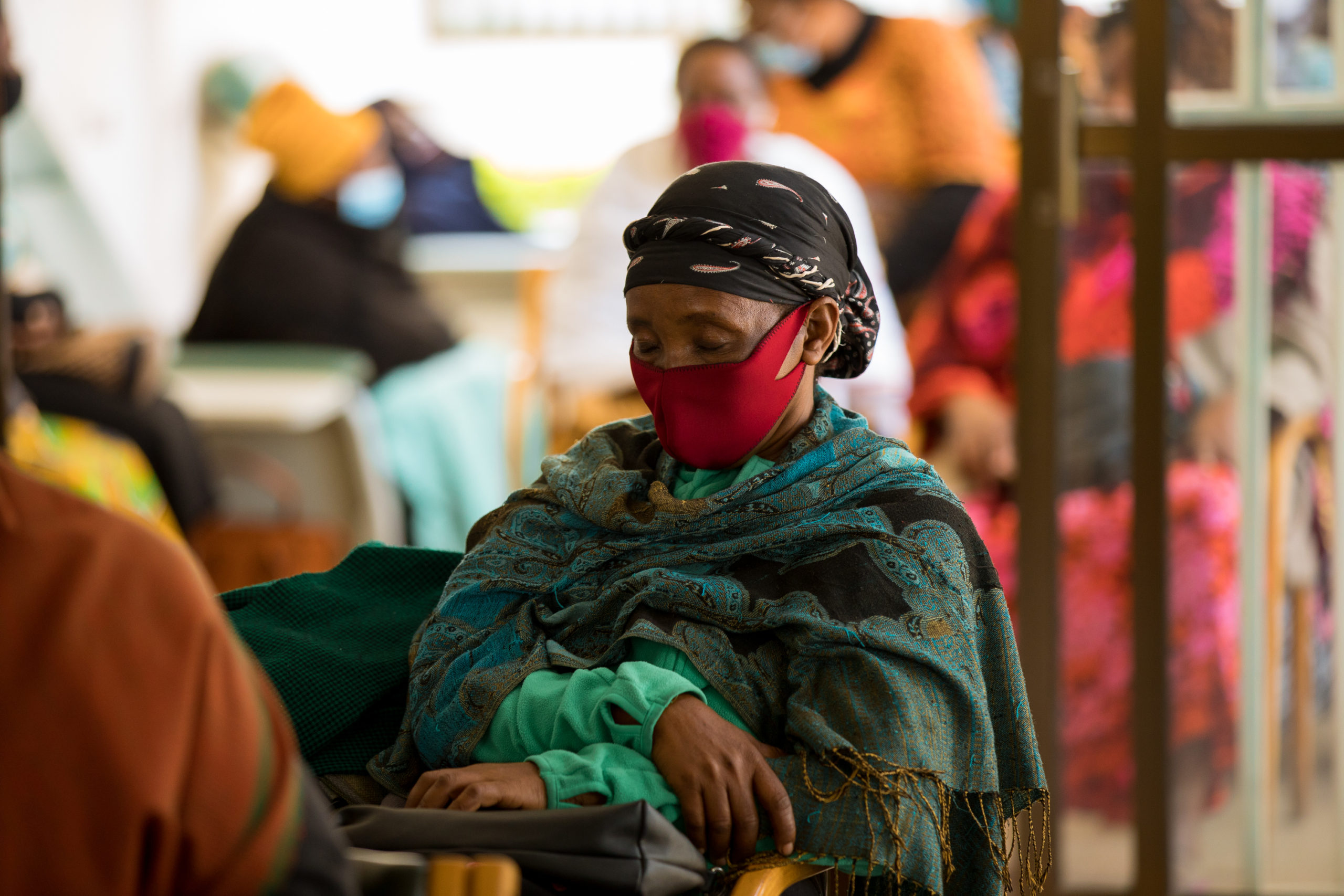By Randy Hurley MD, cTropMed
HealthPartners and Regions Hospital Cancer Care Centers
Global Health Faculty, University of Minnesota
January 18, 2023
Five cases were presented at the January tumor board that continue to show the complexity of cases challenging the oncologists at KCMC.
Two of the cases involved multiple primary tumors: The first case involved a 74-year-old man with known prostate cancer who had undergone a right nephrectomy for a renal mass. The pathology, reviewed virtually by participating pathologists in the USA, revealed a high-grade urothelial cancer most likely arising from the renal pelvis. A discussion took place regarding the role of adjuvant carboplatin/gemcitabine chemotherapy. The second “multiple-primary” case involved a 67-year-old woman who had a resected follicular thyroid cancer that subsequently developed generalized weakness, malaise, and adenopathy. It appeared she had developed a non-Hodgkin’s lymphoma based on the histology of a lymph node biopsy; however, the immunohistochemistry available was not definitive and thus specific recommendations could not be given
Another case involved a 34-year-old man with a resected fibrosarcoma of the L3,4,5 lumbar vertebral spine. Plans were underway to provide adjuvant ifosfamide based chemotherapy. He would then be referred to Ocean Road Cancer Institute in Dar Es Salaam for radiation.
A fourth case involved a 40-year-old woman with ovarian cancer complicated by venous thrombosis.
A fifth case discussed demonstrated the power of multidisciplinary tumor boards. A 72-year-old man working at the hospital had presented with a multi-focal liver mass 6 months ago. Imaging findings suggested unresectable hepatocellular carcinoma (HCC) however the patient had not responded to front line therapy with the tyrosine kinase inhibitor, sorafenib. In the USA, a combination of bevacizumab and atezolizumab is an effective alternative regimen for HCC; bevacizumab is available in Tanzania but atezolizumab is not and would be prohibitively expensive. Hepatocellular carcinoma is one of the very few malignancies which oncologists are willing to treat based on characteristic imaging and without a tissue biopsy. In the USA, a characteristic liver mass on MRI in the setting of cirrhosis and an elevated alpha-fetoprotein (AFP) is considered diagnostic of HCC. In Tanzania, chronic hepatitis B infection is the most common cause of underlying liver disease associated with hepatocellular cancer. However, this man did not have hepatitis B and had a nearly normal AFP. Therefore, a recommendation was given to consider an alternative diagnosis. Because of this, a liver biopsy was performed. We received confirmation 2 weeks after the tumor board that the biopsy revealed intra-hepatic cholangiocarcinoma. Alternative gemcitabine-based chemotherapy for cholangiocarcinoma will be offered to the patient.


